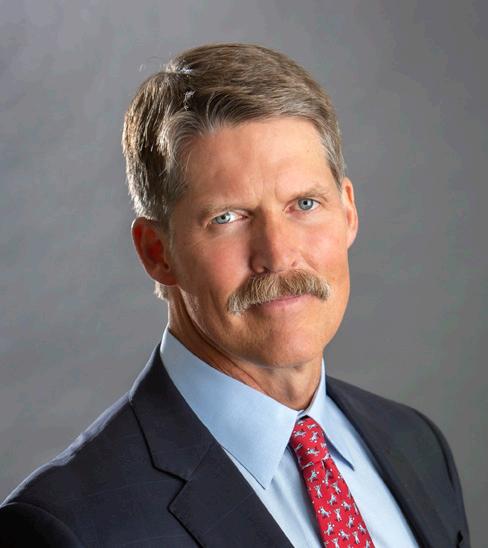
1 minute read
E-Bikes Gaining Traction
By Diane Hope, FBN
Flagstaff has an average of 1.9 bicycles per household and now, e-bikes are becoming an increasing part of the cycling scene.
When the State of Arizona passed a law in early 2019 to define classifications of e-bikes, municipalities were allowed to adjust their codes.
“After a public process and conversations with City of Flagstaff’s Bike and Pedestrian Committee, city codes were amended to allow Class 1 and 2 e-bikes on all bike paths,” explained City of Flagstaff Senior Transportation Planner Martin Ince. “The only exceptions are Buffalo Park’s Nate Avery Trail and the Arizona Trail through town. Class 3 e-bikes (the fastest category) are allowed on all roadway bike lanes but not on FUTS trails.”
Absolute Bikes Manager Kyle McKendree says growth in the popularity of e-bikes has been clearly visible in their rental and especially their sales figures. “Five years ago, our annual e-bike sales totalled $60,000. Last year, it was over $750,000,” said McKendree. “Traditional mountain bikes still account for most (75%) of our sales, but now there’s a 35/65 split between e-mountain bikes and traditional models. For our commuter and cruiser bike sales, e-bikes now outsell traditional bikes.”
There’s no typical customer for an e-bike, according to McKendree. “In the early days, people tended to buy e-bikes as an ‘equalizer’ for dealing with an injury – or trying to keep up with a faster riding partner.
Now, a wide range of folks ride them.
Recently, we’ve been seeing quite a few customers crossing over from motor sports.”
Absolute Bikes carries cargo e-bikes, too. “Getting more folks out on cargo bikes for the school run or shopping trips is a great way of reducing traffic congestion – we’ve got models that can carry one or two kids, as well as four to six days’ worth of groceries,” he said.
Ince says city officials are working on getting bike paths better connected and installing bike trail signage that takes the guesswork out of finding routes between popular locations.
“I’d like to see more separated bike paths; they’re less expensive to build on new roads or where there’s a significant rebuild, but they’re very expensive to retrofit on existing roads,” said Ince. “For example, the city just put in for a federal grant to rebuild Butler Ave. from Milton Road to Sawmill Road. In the grant, we propose a bike lane that’s elevated to the level of the sidewalk. If we get that grant, it’ll cost $12 million for just under a mile of new construction. The

Continued on page 30











